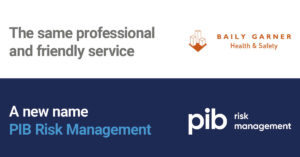Last year we reported how, as part of a plan to encourage the use of low emission vehicles, the Government was looking to allow category B licence holders to operate alternatively-fueled vehicles up to a maximum authorised mass of 4,250kg.
Alternatively-fuelled vehicles can have an increased kerb weight compared with conventionally fueled equivalents. Usually a category B driving licence permits a driver to drive cars and vans up to a maximum authorised mass of 3500kg. A category C1 licence is required for lighter goods vehicles over 3500kg. For a business there are increased costs for operating vehicles that require a C1 licence. Where the increased kerb weight of a vehicle reduces the available payload this can discourage operators from using lower emission vehicles.
Since then the Motor Vehicles (Driving Licences) (Amendment) Regulations 2018 were introduced. These regulations allow Category B licence holders to drive an alternatively fuelled vehicle with a maximum authorised mass of up to 4,250kg, provided the vehicle is being used for the transportation of goods, is not driven outside of Great Britain, is not towing a trailer and the driver has completed a minimum of 5 hours training with a registered instructor.
This applies to vehicles powered by electricity, natural gas, bio gas or hydrogen or hydrogen and electricity.
The Department for Transport has now published guidance which explains what training will be required, the system of certification that will allow drivers to prove they have completed their training and how the legislation interacts with other legislation and licence requirements.
You can find more information and download the guidance from the GOV.Uk website at: https://www.gov.uk/government/publications/changes-to-licence-requirements-for-alternatively-fuelled-vehicles

A new name for Baily Garner (Health and Safety) Limited

50 Years of the HSE and the Health & Safety at Work Act

Building Fire Safety Updated Approved Document B Published

Protecting Properties Against Flooding

The Building Safety Act – Are you meeting your legal responsibilities?
